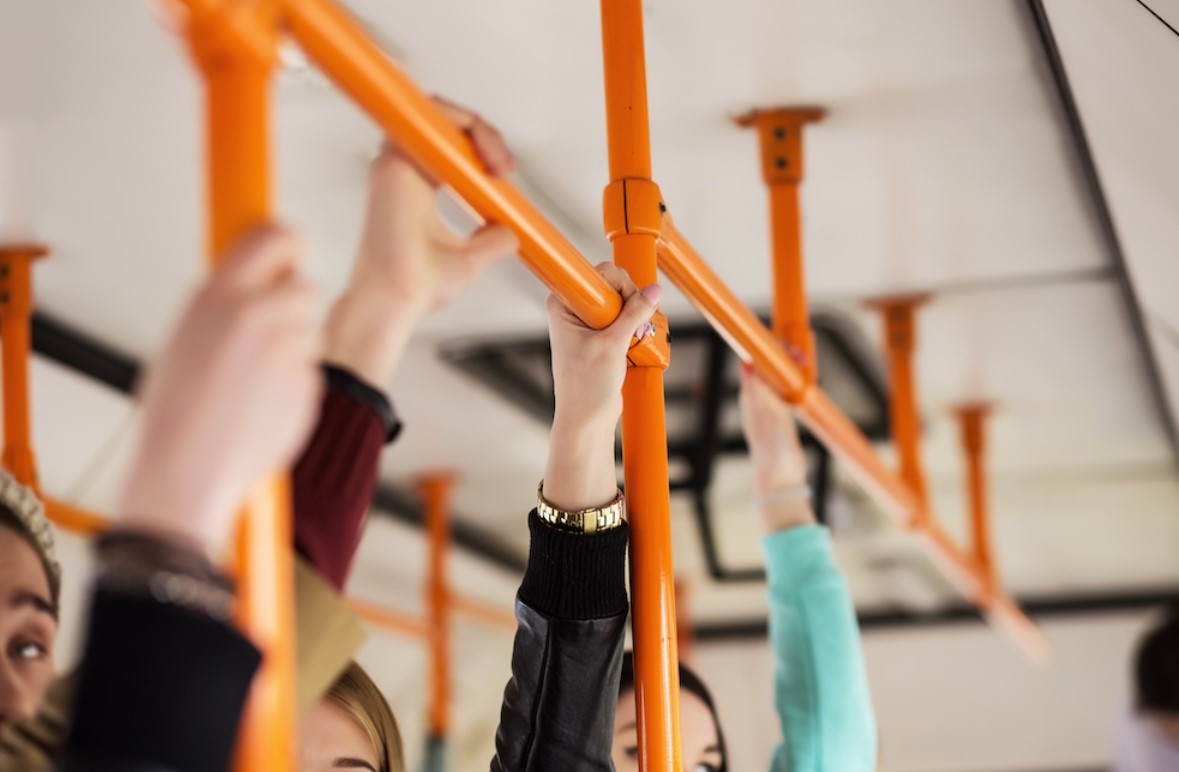Urban transportation systems are the lifeline of modern cities, connecting people to work, education, healthcare, and leisure activities. However, the costs associated with upgrading, maintaining, and expanding these systems can be enormous. Federal Transit Administration (FTA) grants play a crucial role in helping cities meet these needs. This Guide to Securing Federal Transit Administration Grants will walk you through the essentials, from understanding eligibility requirements to crafting a winning application.
Understanding Federal Transit Administration (FTA) Grants
The Federal Transit Administration is an agency under the U.S. Department of Transportation that provides financial and technical assistance to local public transit systems. These grants support various initiatives, including bus and rail systems, accessibility projects, and sustainable transportation infrastructure.
There are multiple FTA funding programs, such as:
- Urbanized Area Formula Grants (Section 5307) – For public transportation in urbanized areas.
- Bus and Bus Facilities Program (Section 5339) – Supports the purchase and maintenance of buses and related equipment.
- Capital Investment Grants (CIG) – Funds major transit projects like new rail lines or bus rapid transit systems.
- Enhanced Mobility of Seniors & Individuals with Disabilities (Section 5310) – Improves mobility for older adults and people with disabilities.
Knowing which grant aligns with your project is the first step in this Guide To Securing Federal Transit Administration Grants.
Why Urban Transportation Projects Need FTA Grants
Urban transportation is under increasing pressure from population growth, environmental challenges, and changing commuting patterns. Cities must modernize infrastructure to meet sustainability goals and improve the quality of life.
FTA grants are vital because they:
- Reduce Local Budget Strain – They provide federal assistance, allowing cities to allocate funds to other pressing needs.
- Support Long-Term Planning – Grants often come with multi-year funding opportunities.
- Encourage Innovation – Funding can be used for electric buses, smart ticketing systems, and sustainable energy solutions.
- Boost Economic Development – Improved transit encourages business growth and increases property values.
Eligibility Requirements for FTA Grants
Not every organization can apply for FTA funding. In most cases, applicants must be:
- Public transit agencies
- State or local government entities
- Federally recognized tribes
- Private nonprofit organizations (in some programs)
Additionally, projects must align with the FTA’s strategic goals, such as safety, accessibility, environmental sustainability, and economic competitiveness. The Guide to Securing Federal Transit Administration Grants emphasizes the importance of reviewing program-specific eligibility requirements before applying.
Preparing Your Grant Application
Securing federal funding is competitive. A well-prepared application increases your chances of success. Follow these steps for a strong submission:
1. Identify the Right Grant Program
Review all available FTA grants and choose the one most relevant to your project’s objectives. For instance, if you’re upgrading bus fleets, the Bus and Bus Facilities Program may be the best fit.
2. Build a Clear Project Proposal
Your proposal should explain:
- The problem your project addresses
- How does it align with FTA’s goals
- Expected benefits for the community
- Technical feasibility and readiness
- Environmental and economic impact
A compelling narrative backed by data is essential in the Guide to Securing Federal Transit Administration Grants.
3. Gather Strong Supporting Documentation
FTA applications typically require:
- Budget breakdowns
- Environmental impact assessments
- Letters of support from stakeholders
- Proof of matching funds (if required)
4. Develop a Realistic Budget
Break down costs into specific categories such as equipment, labor, and operational expenses. Ensure your budget aligns with FTA guidelines and avoids unnecessary items.
5. Meet Deadlines
Late submissions are automatically disqualified. Set internal deadlines to complete each section of your application early.
Tips for a Winning Application
Here are strategies to strengthen your proposal:
- Leverage Partnerships – Collaborate with community organizations, local businesses, and other transit agencies to show broad support.
- Highlight Innovation – FTA often prioritizes projects using new technology or sustainable practices.
- Provide Clear Metrics – Use measurable goals such as “reduce carbon emissions by 15% within two years” rather than vague statements.
- Demonstrate Readiness – Show that your project can begin quickly after funding is awarded.
Common Mistakes to Avoid
Even strong proposals can fail if they contain errors. Avoid these pitfalls:
- Ignoring Program Guidelines – Submitting a project that doesn’t match the program’s purpose.
- Weak Justification – Failing to clearly explain the community need.
- Poor Budgeting – Providing unrealistic or incomplete cost estimates.
- Missing Documentation – Omitting required forms or letters of support.
The Guide to Securing Federal Transit Administration Grants stresses the importance of double-checking every section of your application.
Post-Award Responsibilities
Winning the grant is only the beginning. FTA grantees must comply with strict reporting and oversight requirements, including:
- Quarterly Progress Reports – Update on milestones and spending.
- Financial Audits – Ensure funds are used appropriately.
- Compliance with Federal Laws – Such as Title VI of the Civil Rights Act and the Americans with Disabilities Act (ADA).
Failure to meet these requirements can jeopardize future funding opportunities.
Case Study: Electric Bus Fleet Expansion
To illustrate how the Guide to Securing Federal Transit Administration Grants applies in real life, consider a mid-sized U.S. city that sought to replace aging diesel buses with electric models.
Steps they followed:
- Needs Assessment – Determined that aging buses increased maintenance costs and emissions.
- Grant Selection – Choose the Low or No Emission Vehicle Program under FTA.
- Strong Proposal – Highlighted reduced emissions, improved air quality, and community health benefits.
- Partnerships – Partnered with local environmental groups and utility companies.
- Timely Submission – Met all deadlines with complete documentation.
Outcome:
The city received a multi-million-dollar grant, reduced operating costs, and improved environmental quality.
Future of FTA Grants for Urban Transportation
As urban areas evolve, federal funding priorities may shift toward:
- Zero-emission transportation
- AI-powered traffic management systems
- Enhanced accessibility for all citizens
- Integrated multimodal networks
Applicants who anticipate these trends will have a competitive advantage.
Conclusion
Securing funding for urban transportation projects is both challenging and rewarding. With careful planning, strong partnerships, and a deep understanding of program requirements, cities and organizations can greatly improve their chances of success.
This Guide To Securing Federal Transit Administration Grants has outlined every step, from identifying the right program to fulfilling post-award responsibilities. By following these best practices, your urban transportation project can secure the funding it needs to create lasting benefits for your community.










